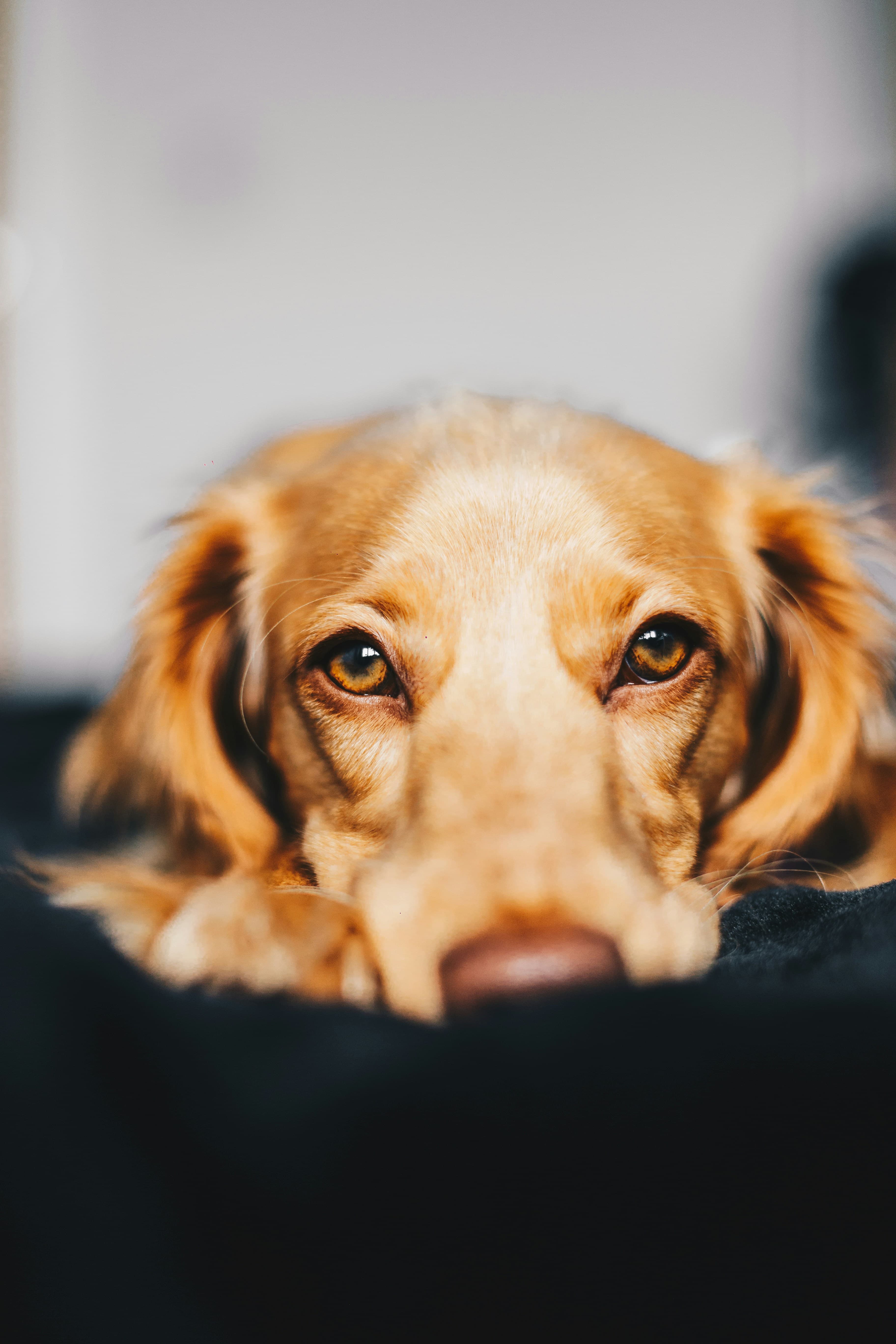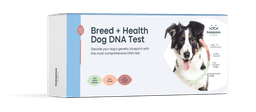As a dog owner, you’ve probably observed that your dog’s eyes look different in the dark. They have this glow of yellowish-greenish color at night. This comprehensive guide explores dogs’ night vision, and the structure of their eyes, and answers the question, “Can dogs see in the dark?”
Dogs’ eyes have this glow of yellowish-greenish color at night. You know this because you have noticed that their eyes look different in the dark. Also, when you look at your dog’s cute pictures, you’ve noticed the glow.
Dogs see better at night compared to human beings. This ability can be traced to their evolution story.
Before dogs became man’s best friend, they were hunters. They had to hunt for prey for food and they did this mostly at night. Their eyes adapted to the dim light at night. As they evolved to become man’s furry companions, they maintained their vision at night.
Do Dogs Have Night Vision?
Yes, dogs have night vision. A dog vision is different from humans' because they have a unique structure. A dog’s vision happens at the retina. Their eyes have photoreceptors which are made up of rods and cones. Dogs also have a special reflective layer within their eyes that humans don’t.
This unique layer is known as tapetum lucidum. At night and in dim environments, this special layer acts like a reflecting mirror. It reflects light to the retina and as it does so, it amplifies it. As the light gets amplified, it boosts visual capacity in the dark.
It’s the reason why dogs see better at night compared to humans.
Dog Eye Anatomy
In terms of structure and anatomy, a dog's eyes are similar to that of humans. It’s made up of the cornea, iris, pupil, and retina. The foremost part of the eye that’s thin and transparent is the cornea. It’s the part that bends reflected light. It’s the shield that transfers light from the pupil to the lens. From the lens, the light passes onto the retina.
The iris is the colored part of the dog’s eye. The black part within the coloured layer of the eye is the pupil. It controls how much light enters the eye by expanding or shrinking. At night, the pupil enlarges to let in more light, to enable them to see better.
The retina is made up of photoreceptors known as rods and cones. Rod receptors help movement tracking and with night vision. It’s the reason why a dog can pursue a rabbit at night because of the tracking of movement. Cones on the other hand are for daytime vision and color detection.
Unlike humans, dogs have more rods than cones hence their night vision ability. Dogs have fewer cones than humans. While humans have three, dogs have two. It’s the reason dogs are often labeled as “color blind.”
Dog Eyes Advantages
Although dogs have similar eye structures to humans, they have an advantage with night vision. These advantages include having more rod photoreceptors, a large pupil, and tapetum lucidum.
Let’s explore these advantages further and see how they affect eyesight in dogs.
Tapetum Lucidum
Tapetum lucidum is one of the secrets that help with dog night vision. It’s found at the back of the retina. It’s made up of reflective cells that act like a mirror. When light enters the dog’s eye, the tapetum lucidum reflects it to the rods and cones (photoreceptors). It’s this reflection that’s sent to the retina to record.
When this light is reflected, the retina magnifies it and thus boosts a dog’s vision in the dark. It’s the presence of tapetum lucidum that sets apart a dog’s eye structure from humans.
Increased Rod Photoreceptors
Unlike humans, dogs have more rods than cones. Rods help with movement detection and night vision. Having an increased number of rod photoreceptors gives dogs more advantage at seeing in the dark than humans.
Pupil Size
The size of the pupil plays a significant role in the dog's eyesight at night. Dogs have larger pupils compared to humans. As it controls how much light enters the eye, the pupil will expand and shrink depending on the amount of light. Due to the large pupil size, more light enters the eyes resulting in better vision.
Do Dogs See Better Than Humans at Night?
Dogs see better than humans at night. Although dogs and humans have a similar eye anatomy, dogs have a unique structure. It’s this uniqueness that gives them an advantage over humans. Dogs have tapetum lucidum while humans don’t.
Conclusion
We believe that our comprehensive guide has helped you answer the question, “Can dogs see in the dark?” With this understanding of how your dog’s eye anatomy works, you can confidently take your furry friend for that quiet night walk. Also, when you see your dog alert at moving objects, you won’t be alarmed.
Frequently Asked Questions
Why do dogs’ eyes glow on camera?
Dogs' eyes glow on camera because of the presence of tapetum lucidum in their eye structure. Tapetum lucidum is a layer in the retina that acts like a mirror, which causes the eyes to glow on camera.
Can dogs see better than cats at night?
Yes. Cats are sensitive to light compared to dogs. Also, their tapetum lucidum reflects more light than dogs.
Are dogs nocturnal?
No. Although dogs can be super active at night, they aren’t nocturnal.



